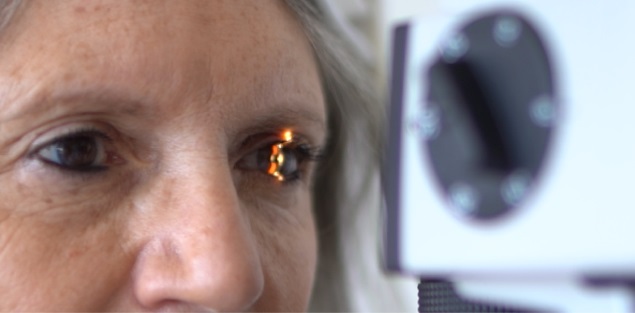Presbyopia / Intraocular Lenses for Presbyopia
Intraocular lenses
As opposed to lenses used for correcting myopia, hyperopia and astigmatism, known as phakic lenses, intraocular lenses (LIOs) implanted in presbyopia surgery are used to replace the eye’s crystalline lens, the organ responsible for adjusting visual accommodation so we can focus at different distances.
There are various different types of intraocular lenses and choosing between one and another will depend on the characteristics of the patient’s vision, which will be assessed through a personalised study, in addition to other factors, such as age, profession and leisure activities.
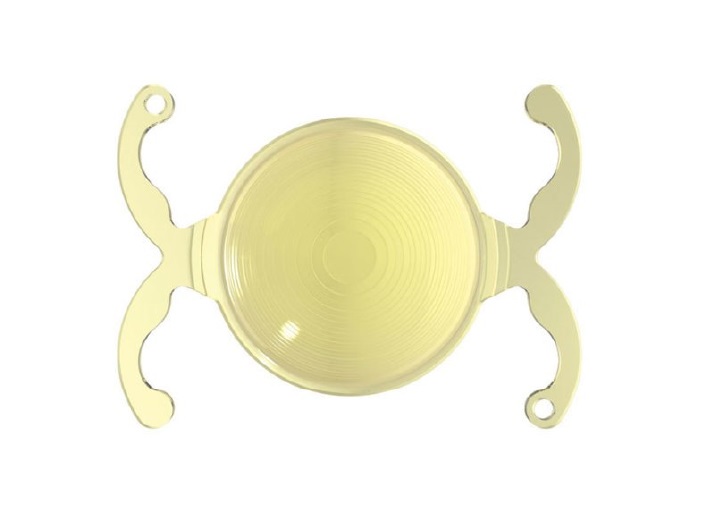
Trifocal lens for presbyopia
What are cutting-edge intraocular lenses?
Premium or cutting-edge lenses are state-of-the-art intraocular lenses that provide quality high-definition vision at all distances, drastically reducing the need for glasses at any distance thanks to their advanced effects, from both an optical and material point of view.
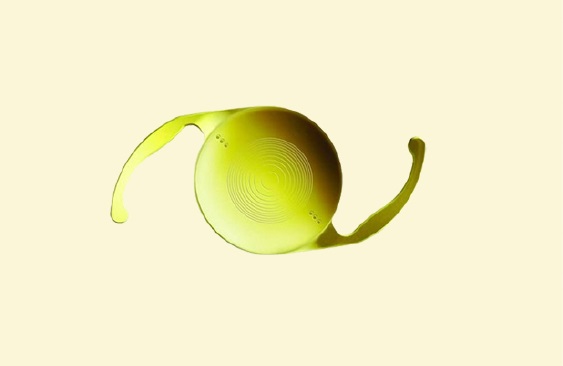
Main advantages of cutting-edge lenses
→ Distance vision: they offer excellent visual acuity for driving or watching TV comfortably.
→ Near vision: they enable users to read without glasses.
→ Intermediate vision: this is currently one of the most important benefits for patients as it is the most practical for daily life. For example, using a tablet or a computer.
→ Versatile: they correct for a number of different refractive errors, including myopia, hyperopia and astigmatism, along with presbyopia.
Each cutting-edge lens is adapted to each eye, so its cost is offset by the savings that the patient will make by never having to wear glasses again.
Standard monofocal lenses do not provide the same result, as they are only designed to correct for one single distance. As such, the patient will still need to depend on glasses after this type of procedure.
Therefore, one of the main advantages of multifocal intraocular lens implantation is, in addition to correcting vision both near and far, it is not necessary to have cataract surgery in the future. In presbyopia surgery, the crystalline lens or natural lens of the eye is replaced by a multifocal artificial lens, exactly the same as we would do with cataract surgery, therefore, it is no longer necessary to do it again since the cataract will not develop.
Types of lenses to correct the presbyopia
Intraocular monofocal lenses
They only focus on one point, at a distance. Patients will therefore continue to need glasses for performing close-up tasks.
Intraocular multifocal lenses
Multifocal lenses are able to focus at various distances, both near and further away.
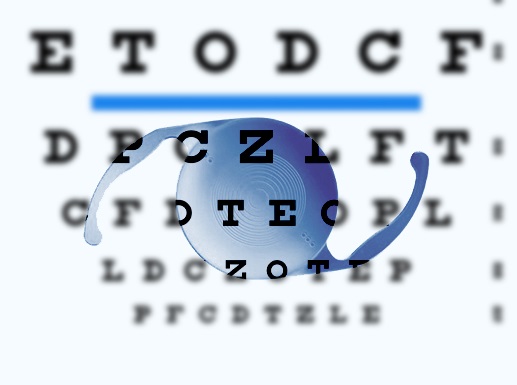
Trifocal lenses for presbyopia
Trifocal intraocular lenses are the most innovative option on the market right now as they are designed to correct for all types of vision: near, distance and intermediate. Furthermore, the toric trifocal lens also allows as to correct high levels of astigmatisms, which affect the clarity of vision for both near and distance vision. Users will therefore be able to appreciate colours and faces in more detail.
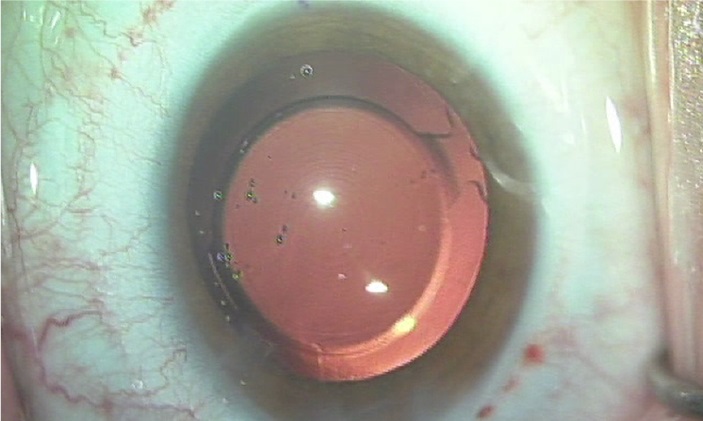
→ Trifocal lenses are primarily based on the optical phenomenon of diffraction, which occurs when a light wave becomes dispersed as it passes through a small hole in an opaque body, which improves the effect of diffractive lenses, but mainly for intermediate vision.
→ This is achieved by improving the polishing of the diffractive steps and by modifying their design. They are currently the most common option specialists use to successfully treat presbyopia through surgery.
→ At Oftalvist we implant a trifocal lens that combines two diffractive structures to offer an addition for near vision of +3.50 dioptres, and +1.75 for intermediate vision.
→ It is also designed to reduce loss of light energy which happens with all diffractive systems, in order to significantly improve the quality of intermediate vision, while also maintaining excellent near vision. The amount of light distributed for near, intermediate and distance vision is adjusted by the diameter of the pupil in each situation.
Thanks to trifocal lenses, the patient will be able to see clearly at all distances. It is currently the closest alternative to the transparent crystalline lens (the eye’s natural lens).
However, the results may not be perfect for 100% of patients as they may still need to wear reading glasses of 1 dioptre in low-light conditions, or they may see halos or reflections around light sources at night, but patients are usually very satisfied with the improvement to their vision.
The patient will be able to enjoy multifocal vision within just a few hours after surgery.
In some cases it may take slightly longer. The brain needs to adapt to this new form of processing images, a process we call neural adaptation.
Trifocal intraocular lenses are for life. They will not need replacing. Provided there are no complications, such as with the retina, optical nerve or cornea, which are very rare, the visual quality obtained through implanting these lenses will last forever and will be very similar to the vision of a young and healthy person.



